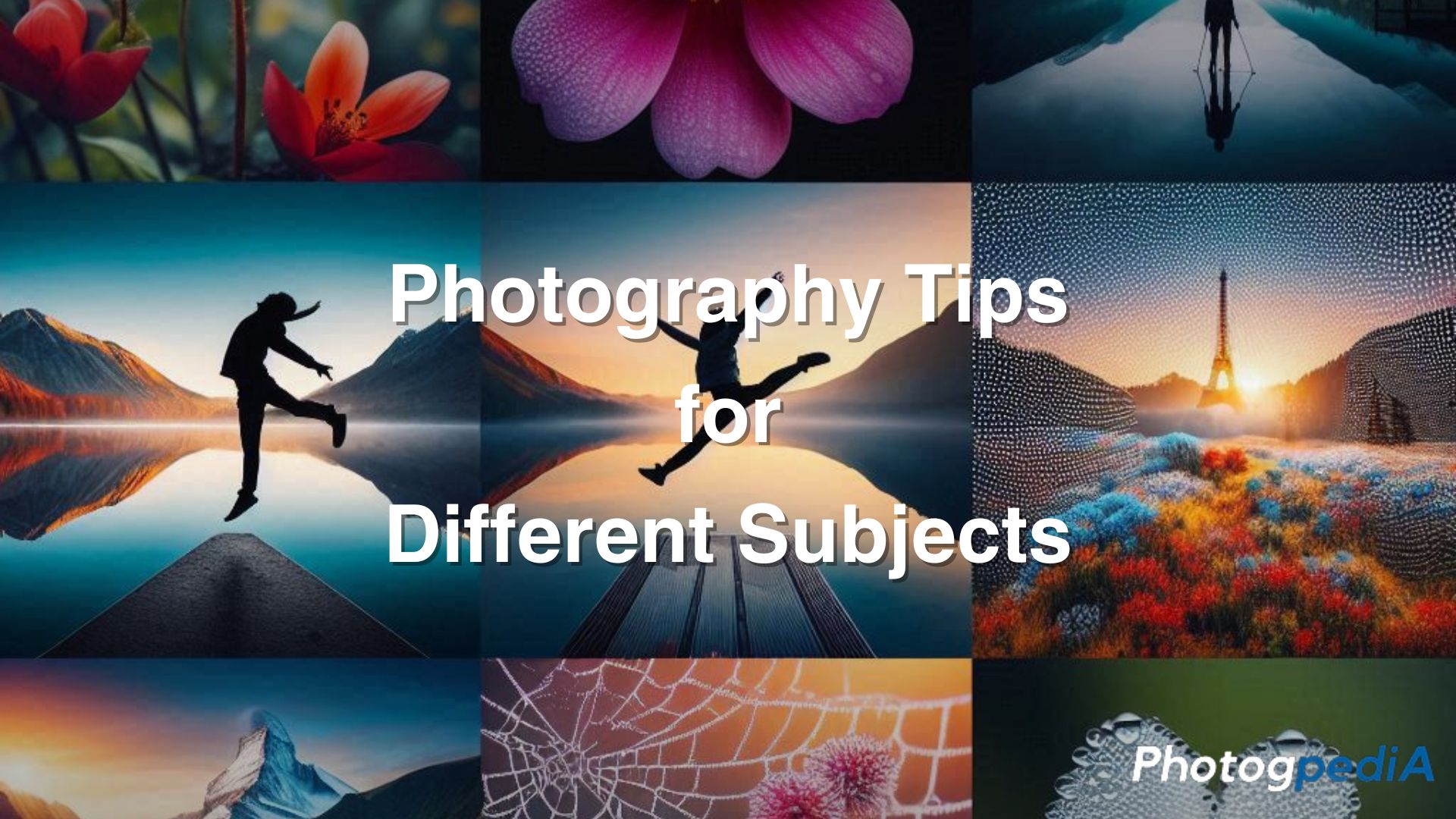Photography is a vast and expressive art form that changes based on the subject you’re capturing. Whether you’re photographing a landscape, person, or object, each subject requires its own set of techniques. As a photographer with four years of experience, I’ve learned that the key to capturing stunning images lies in understanding and applying the right techniques for each subject. Here, we’ll break down practical photography tips for shooting different types of subjects to help you capture the best results every time you pick up your camera.
Table of Contents
Understanding Photography Basics
Before diving into specific subject tips, it’s essential to understand some core photography concepts:
- Exposure Elements: Adjusting the aperture, shutter speed, and ISO helps control the amount of light and detail in your shot.
- Composition: Using techniques like the rule of thirds, leading lines, and symmetry can enhance the visual appeal of any photo.
- Lighting: The right lighting is crucial. Soft natural light often works best, but artificial lighting can be adjusted to create a mood or highlight a subject.
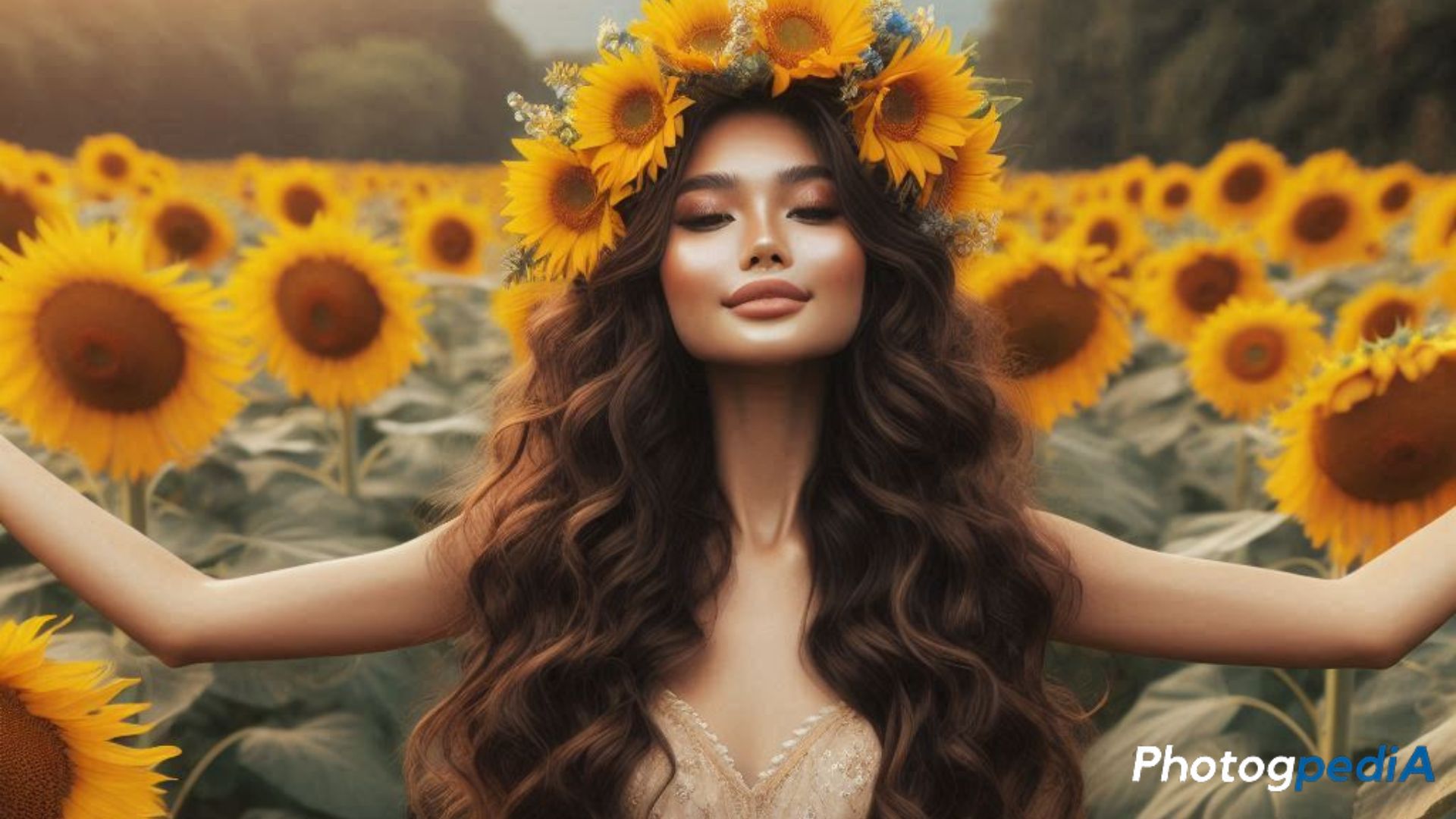
Portrait Photography Tips
Portrait photography is all about capturing the essence of a person. Therefore, it’s crucial to establish a rapport with your subject to create a relaxed and natural atmosphere. Furthermore, using a prime lens with a wide aperture can help to isolate your subject from the background and create a beautiful bokeh effect. However, remember that the most important aspect of portrait photography is capturing genuine emotions. Consequently, try to engage your subject in conversation or guide them to express their personality through their facial expressions.
- Express Emotion: Guide your subject to natural expressions and use prompts to evoke candid reactions.
- Background and Lighting: A simple background avoids distractions, while soft lighting flatters facial features. Golden Hour light adds warmth to skin tones.
- Posing: Small adjustments, like angling shoulders or shifting weight, add to the portrait’s natural look.
Landscape Photography Tips
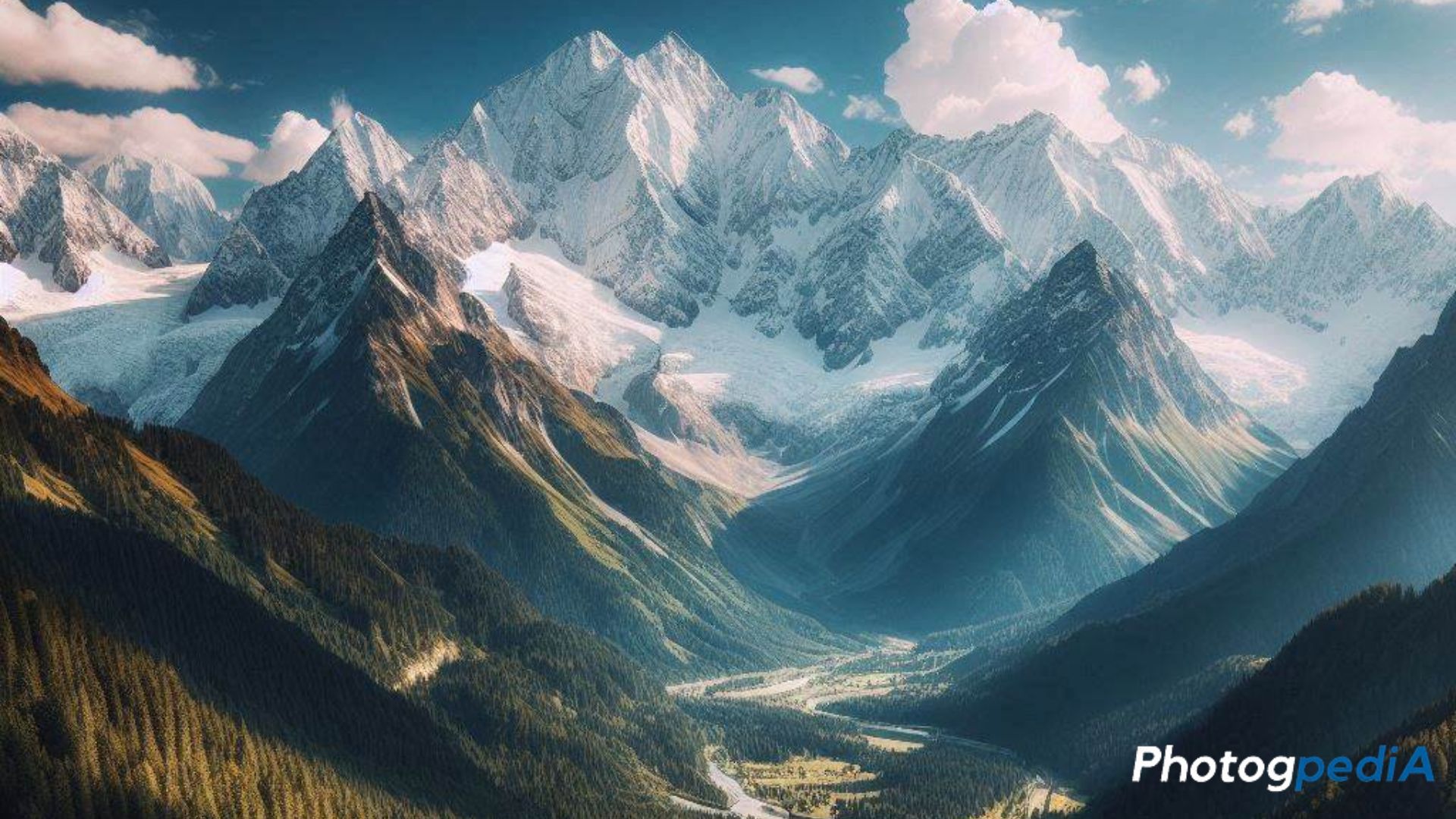
When photographing landscapes, first and foremost, it’s essential to consider the composition. In my experience, the rule of thirds is a valuable tool for creating visually appealing images. By dividing the frame into nine equal sections, you can place your subject at the intersections or along the lines to achieve a more dynamic composition. Additionally, using a wide-angle lens can help to capture the grandeur of the scene. Moreover, experimenting with different lighting conditions can dramatically impact the mood and atmosphere of your landscape photos.
- Golden Hour Magic: Early mornings or late evenings provide softer, golden light that adds depth and color to landscapes.
- Composition: Incorporate leading lines or natural frames (like trees or rocks) to create depth.
- Use a Tripod: Especially for long exposures, which capture serene water or starlit skies.
Wildlife Photography Tips
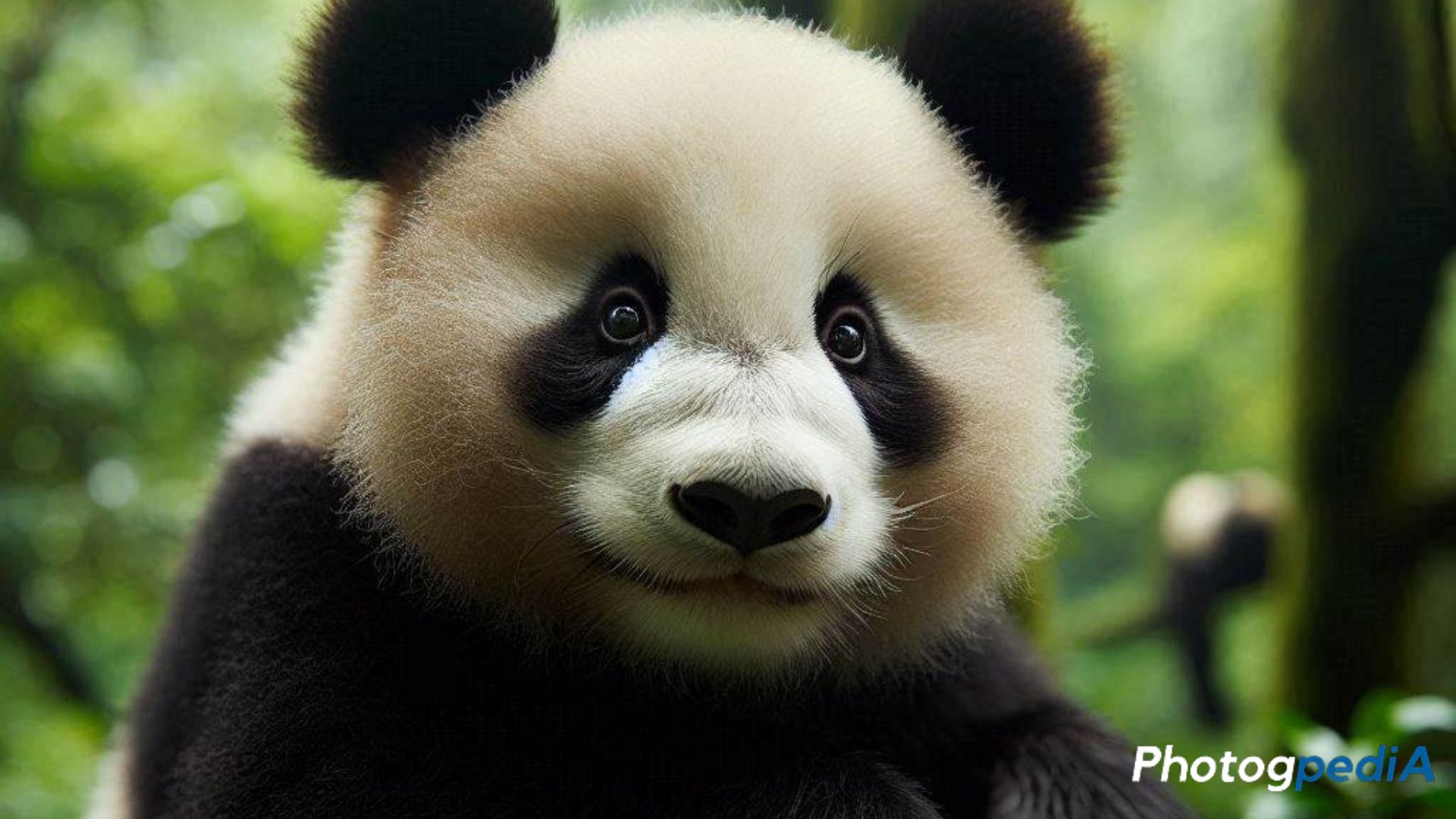
Wildlife photography is a challenging yet rewarding genre that requires patience, skill, and a deep respect for nature. To capture stunning images of wild animals, first and foremost, you need to understand their behavior and habits.
- Timing and Patience: Animals are unpredictable, so be ready with your camera settings.
- Telephoto Lens: A longer lens helps maintain a safe distance while capturing clear shots.
- Respect Wildlife: Prioritize the animal’s safety and avoid disrupting its natural behavior.
Macro Photography Tips
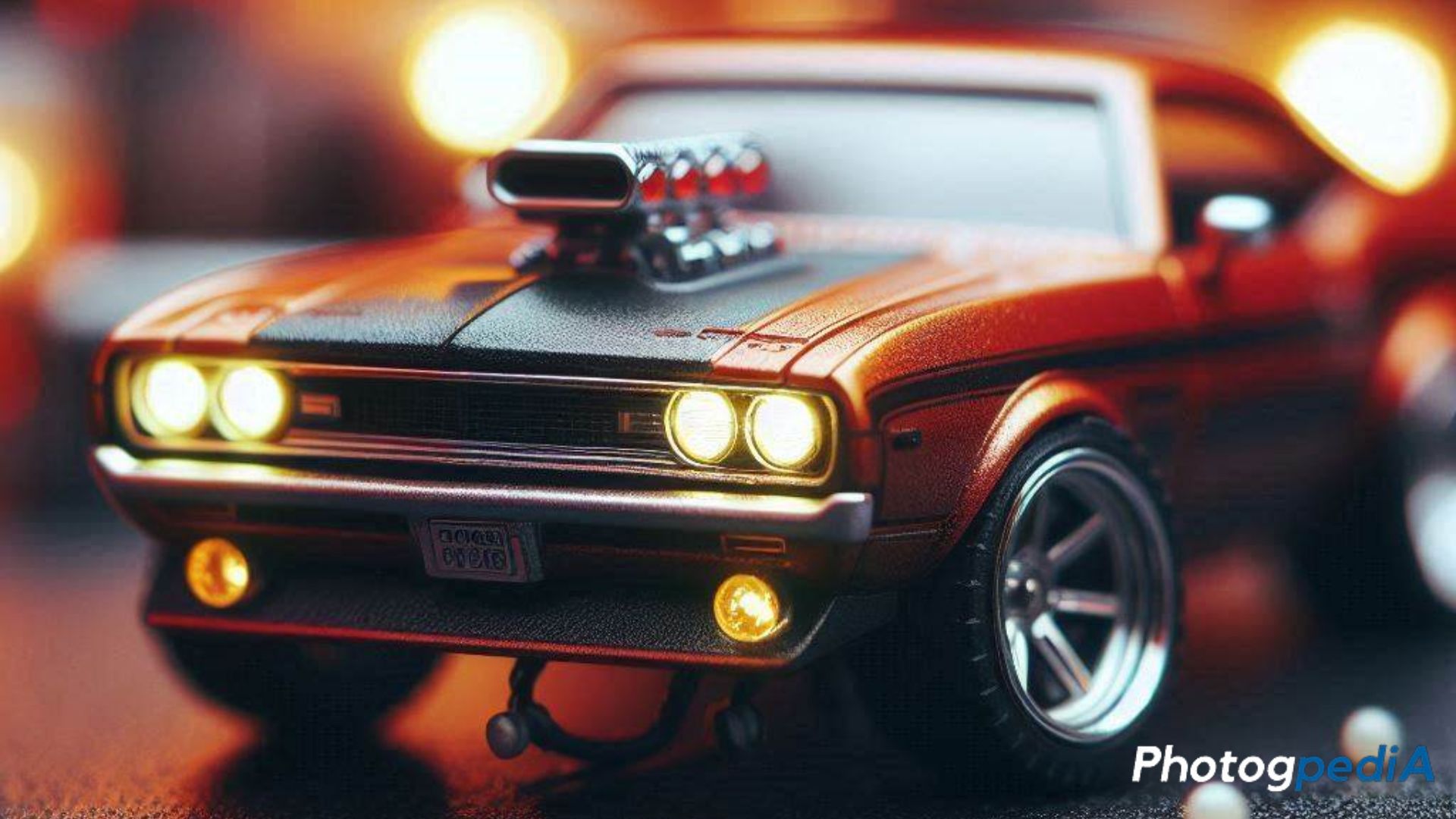
Macro photography is a specialized technique that allows you to capture intricate details of tiny subjects, such as insects, flowers, and textures. When it comes to photography tips for different subjects, macro photography has its own unique set of challenges and rewards. Firstly, a macro lens is essential for achieving high magnification. However, if you don’t have one, you can use extension tubes or close-up filters to increase the magnification of your regular lens. Furthermore, a tripod is highly recommended to stabilize your camera and prevent camera shake.
Additionally, using a shallow depth of field can help to isolate your subject and create a beautiful bokeh effect. Therefore, experiment with different apertures to achieve the desired level of focus. Moreover, natural light is often the best choice for macro photography, as it can produce soft, diffused light that highlights the details of your subject. Consequently, try to shoot in the early morning or late afternoon when the light is softer and less harsh.
Street Photography Tips
Street photography is all about capturing those candid, everyday moments in public places. A prime lens with a wide aperture is a great tool for street shooters. It lets you snap pics quickly and quietly. But remember, always be respectful of people and their privacy. Blend in with the crowd and shoot without drawing attention.
Composition is key to a strong street photo. The rule of thirds can help you balance your shot, while leading lines can guide the viewer’s eye. Don’t be afraid to experiment with different angles and perspectives to make your photos stand out.
Architectural Photography Tips
Architectural photography is all about capturing the beauty and grandeur of buildings and structures. Firstly, a wide-angle lens is ideal for capturing the overall scale and grandeur of a building. However, a telephoto lens can be useful for focusing on specific details, such as intricate carvings or ornate facades.
Additionally, understanding the principles of composition is crucial for creating visually appealing architectural photographs. For instance, the rule of thirds can help you to balance your image and create visual interest. Moreover, leading lines can be used to guide the viewer’s eye through the image.
Furthermore, the time of day can significantly impact the mood and atmosphere of your architectural photographs. Consequently, try to shoot during the golden hour, when the light is soft and warm. Finally, using a tripod is essential for achieving sharp images, especially when shooting in low-light conditions or using long exposure times.
Event Photography Tips
Event photography is all about capturing the heart of a special occasion, be it a wedding, corporate event, or concert. Knowing the event timeline is key, but don’t be afraid to be flexible. Sometimes, the best shots happen unexpectedly.
A fast lens with a wide aperture is a lifesaver for event photography. It’ll help you shoot in low light and capture fast-paced action. Use burst mode to capture multiple shots of a single moment.
Remember to be discreet and avoid using flash, especially when photographing people. It can be distracting and ruin the moment. Finally, editing your photos can help you enhance the overall look and feel of your images.
Sports Photography Tips
Sports photography requires speed and precision. Consequently, it requires a fast shutter speed to freeze the action. In addition, using a continuous shooting mode can help you capture multiple frames and increase your chances of getting the perfect shot. Moreover, consider using a telephoto lens to zoom in on the action and isolate your subject.
- Fast Shutter Speed: To freeze action, use a shutter speed above 1/500, depending on the sport.
- Motion and Emotion: Capture players’ expressions to convey energy and competition.
- Telephoto Lens: Zoom in for details without disrupting the game.
Food Photography Tips
Food photography is all about making food look delicious and appetizing. Firstly, good lighting is crucial. Natural light, especially during the golden hour, can create a warm and inviting atmosphere. However, artificial lighting can also be effective, especially in controlled studio settings.
Additionally, composition is key. The rule of thirds can help you balance your shot and create visual interest. Moreover, using props and backdrops can add depth and context to your food photography. For instance, a rustic wooden table can complement a hearty meal, while a clean white background can highlight the simplicity of a dish.
- Color and Texture: Use natural light to enhance food colors, and experiment with angles to emphasize textures.
- Avoid Shadows: Soft lighting prevents harsh shadows; use diffusers to keep light even.
- Use Props and Styling: Elements like utensils or ingredients add context to food images.
Pet Photography Tips
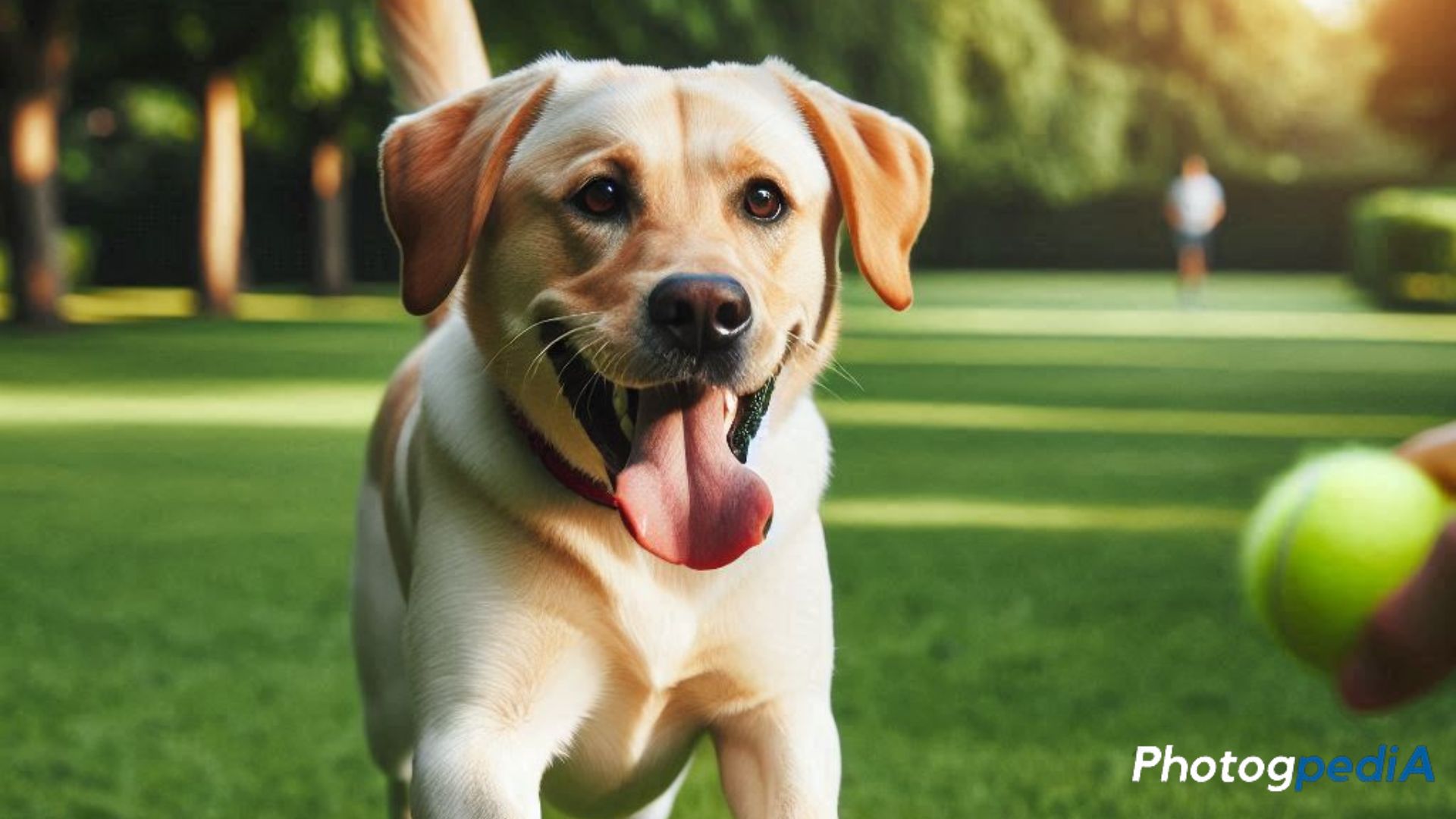
Pet photography is a delightful way to capture the unique personalities of our furry, feathered, or scaled companions. To create truly memorable pet portraits, consider these tips:
Firstly, highlighting your pet’s personality is key. Whether they’re playful pups, serene cats, or curious critters, capturing their individual quirks can make for endearing photographs. For instance, snapping a photo of your dog mid-fetch or your cat curled up with a book can reveal their true nature.
Action shots can be incredibly dynamic and fun. However, they require a bit of patience and skill. For instance, using a faster shutter speed can help you freeze the action, whether it’s a bird taking flight or a dog leaping for a treat.
Building a strong bond with your pet is essential for successful pet photography. Therefore, take the time to build trust and patience. For instance, start by taking photos in a familiar environment and gradually introduce new elements, such as props or different locations. Remember, the most important thing is to have fun and enjoy the process.
Travel Photography Tips
Travel photography is a fantastic way to document your adventures and share your experiences with others. To capture stunning travel photos, consider these tips:
Firstly, planning and research are essential. While it’s important to have a general itinerary, it’s equally important to leave room for spontaneity. For instance, research popular tourist attractions, but also explore off-the-beaten-path locations to discover unique hidden gems.
Capturing the local culture can add depth and authenticity to your travel photos. Therefore, immerse yourself in the local culture by visiting markets, attending festivals, or simply observing street life. Moreover, interacting with locals can provide valuable insights and lead to unforgettable photo opportunities.
Safety should always be a top priority when traveling, especially when taking photos. Consequently, be aware of your surroundings, especially in crowded areas. Furthermore, it’s important to respect local customs and traditions, and avoid taking photos of people without their permission. By following these tips, you can capture stunning travel photos that will inspire and amaze.
Fashion Photography Tips
Fashion photography is a visual art form that combines style, technique, and creativity. To create stunning fashion photographs, consider the following tips:
Lighting and styling are crucial elements in fashion photography. For instance, proper lighting can highlight the texture and details of clothing. Moreover, a well-chosen background can complement the overall aesthetic of the image.
Secondly, building a rapport with your model is essential. Therefore, create a comfortable and relaxed atmosphere on set. Furthermore, communicate effectively with your model to guide them into natural and expressive poses.
Finally, post-processing is a vital step in the fashion photography process. However, it’s important to maintain a balance between enhancing the image and preserving its natural elements. For instance, subtle adjustments to color, contrast, and texture can elevate the overall look of the photograph.
Conclusion
Photography is as diverse as the subjects it captures. Mastering techniques for various subjects allows you to tell powerful visual stories. Experiment with styles, refine your skills, and most importantly, enjoy the creative process as you develop your unique perspective.
FAQs
- What’s the best time for outdoor photography?
Golden Hour, shortly after sunrise or before sunset, offers soft and flattering natural light.
- Which lens is ideal for portrait photography?
A 50mm or 85mm lens often works best for portraits due to its ability to capture subjects without distortion.
- How do I improve focus in macro photography?
Use a tripod to stabilize your camera, and try manual focus for precise control.
- How can I photograph animals without disturbing them?
Use a telephoto lens to maintain distance and be mindful of their natural behavior.
- What camera settings are best for street photography?
A fast shutter speed and medium aperture, around f/8, are ideal for capturing candid, in-focus street shots.
About the Author
Hi, I’m Mark – an amateur photographer that first started in 2020. I particularly capture action figures in miniature settings and dioramas. You can follow more of my work at the following social media channels:
- Instagram – iselandmarkventures
- Facebook – iselandmarkventures
- YouTube – The Iselandmarkventures

